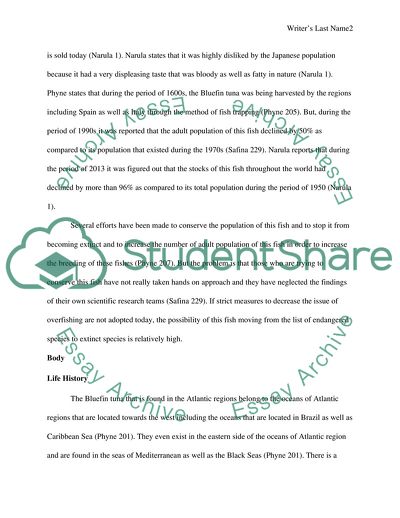Cite this document
(Bluefin Tuna on the Edge of Extinction Essay Example | Topics and Well Written Essays - 2000 words, n.d.)
Bluefin Tuna on the Edge of Extinction Essay Example | Topics and Well Written Essays - 2000 words. https://studentshare.org/biology/1844899-literature-review-paper
Bluefin Tuna on the Edge of Extinction Essay Example | Topics and Well Written Essays - 2000 words. https://studentshare.org/biology/1844899-literature-review-paper
(Bluefin Tuna on the Edge of Extinction Essay Example | Topics and Well Written Essays - 2000 Words)
Bluefin Tuna on the Edge of Extinction Essay Example | Topics and Well Written Essays - 2000 Words. https://studentshare.org/biology/1844899-literature-review-paper.
Bluefin Tuna on the Edge of Extinction Essay Example | Topics and Well Written Essays - 2000 Words. https://studentshare.org/biology/1844899-literature-review-paper.
“Bluefin Tuna on the Edge of Extinction Essay Example | Topics and Well Written Essays - 2000 Words”. https://studentshare.org/biology/1844899-literature-review-paper.


